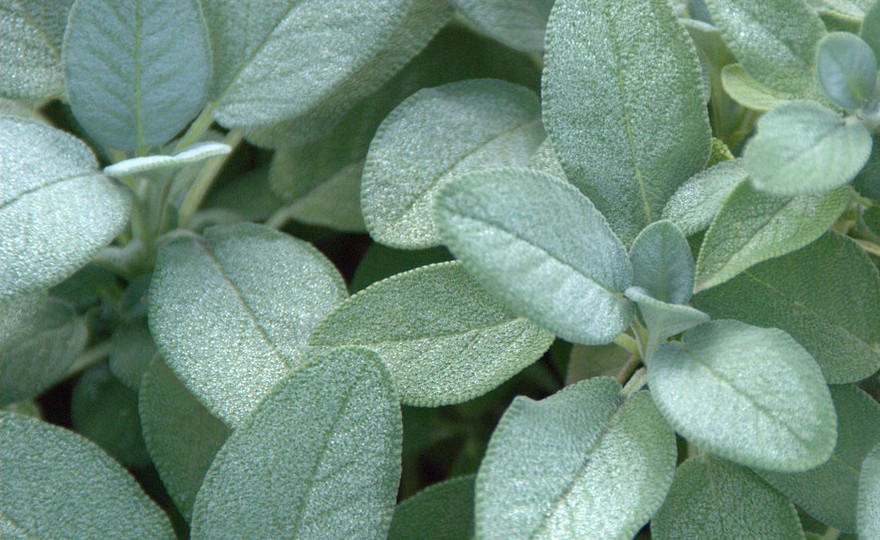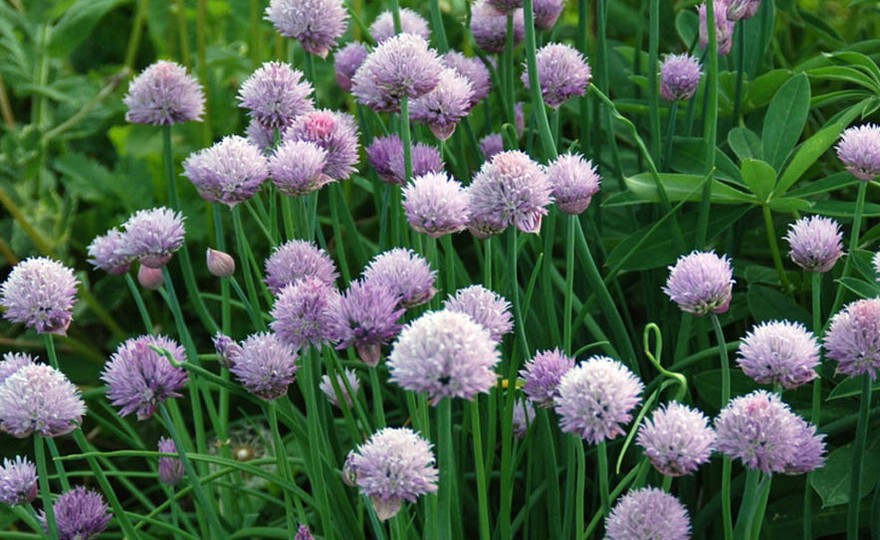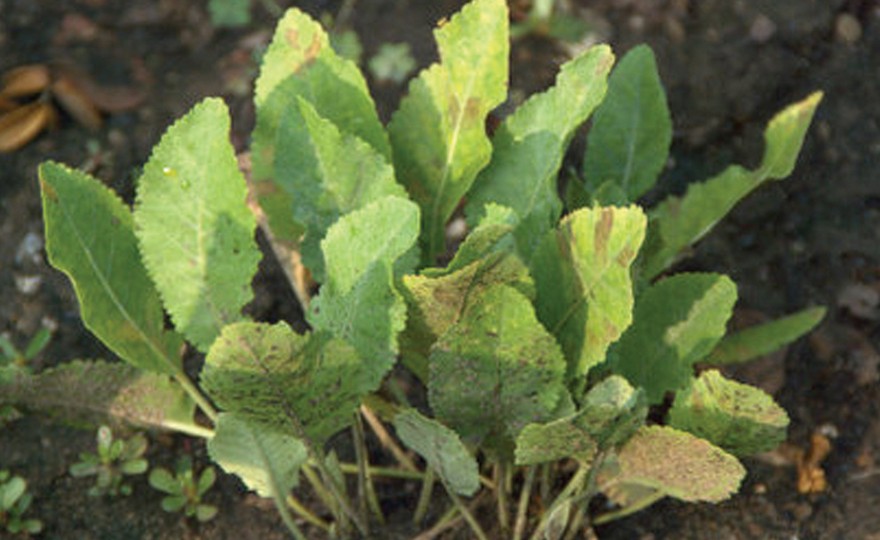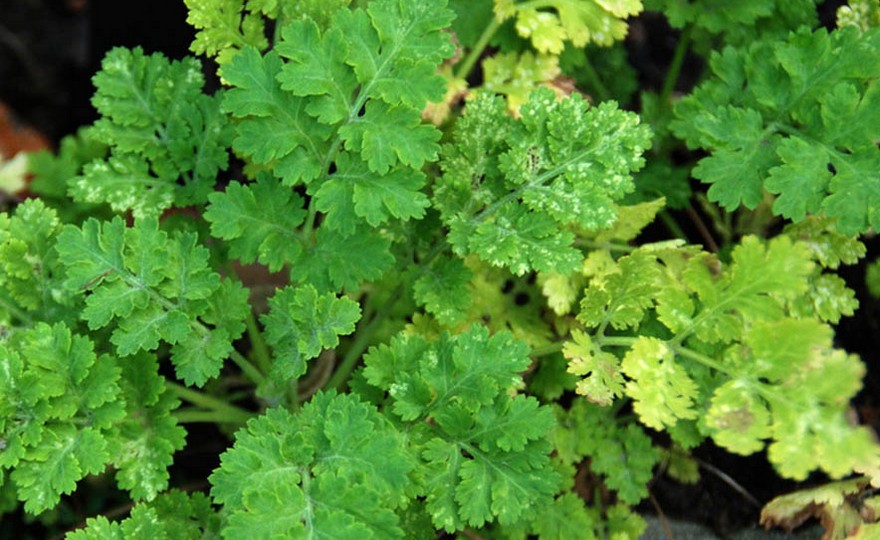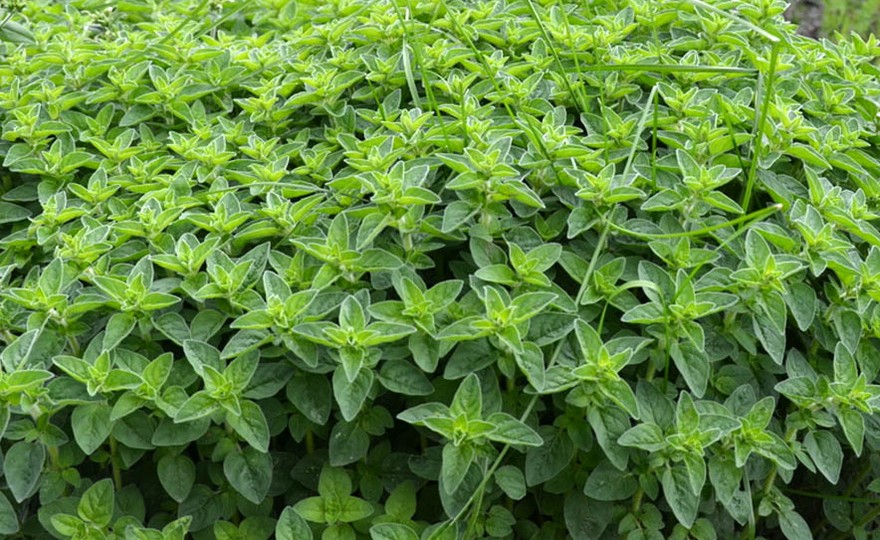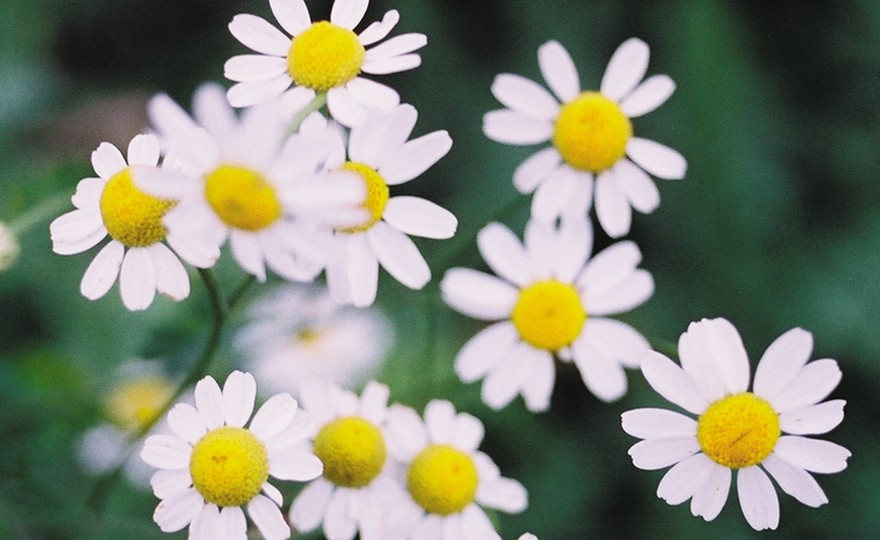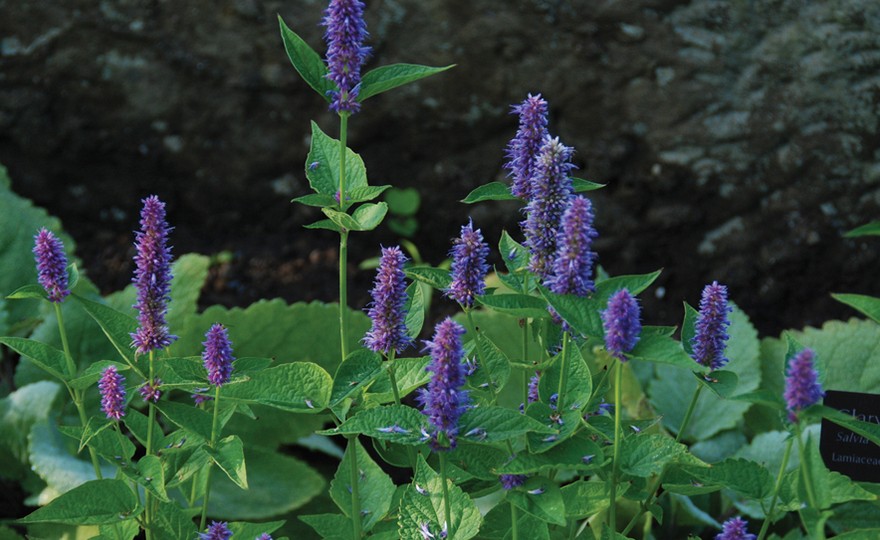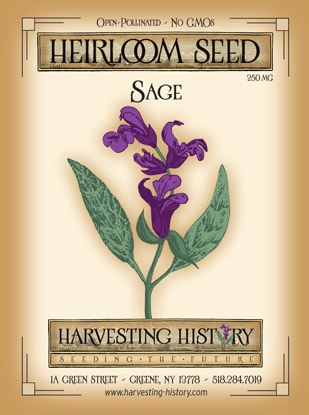
Herb, Sage
-
- **SOLD OUT** HOLIDAY GIFTS **SOLD OUT**
- **SOLD OUT** Holiday Books **SOLD OUT**
- **SOLD OUT** Holiday Citrus **SOLD OUT**
- **SOLD OUT** Holiday Gift Certificates **SOLD OUT**
- **SOLD OUT** Holiday Paperwhites **SOLD OUT**
- **SOLD OUT** Holiday Praying Mantis Kits **SOLD OUT**
- **SOLD OUT** Holiday Tools **SOLD OUT**
- **SOLD OUT** Holiday Wildflower Mixtures **SOLD OUT**
- Citrus Trees
- **SOLD OUT** - Vegetable and Herb Plants - Mix & Match any 6 Plants for $50 - Only Shipped in Quantities of 6
- Elephant Ear Plants & Roots
- **SOLD OUT** 4-Inch Pot Herb Plants **SOLD OUT**
- Rare Plants
- **SOLD OUT** Vining Plants **SOLD OUT**
- Asian Seeds
- Beneficial Bugs
- Books
- Citrus Fertilizers
- Cold-Treated Bulbs - SEE BULBS FOR FALL PLANTING TO ORDER
- Cold-Treated Allium
- Cold-Treated Chionodoxa
- Cold-Treated Crocus
- Cold-Treated Hyacinthoides
- Cold-Treated Hyacinthus Orientalis
- Cold-Treated Narcissus
- Cold-Treated Cyclamineus Narcissus
- Cold-Treated Double Heirloom Narcissus
- Cold-Treated Jonquilla Narcissus
- Cold-Treated Large Cupped Narcissus
- Cold-Treated Poeticus Narcissus
- Cold-Treated Small Cupped Narcissus
- Cold-Treated Species Miniature Narcissus
- Cold-Treated Split Cupped Narcissus
- Cold-Treated Tazetta Narcissus
- Cold-Treated Triandus Narcissus
- Cold-Treated Trumpet Daffodils
- Cold-Treated Ornithogalum
- Cold-Treated Rock Garden Iris
- Cold-Treated Scilla
- Cold-Treated Tulips
- Cold-Treated Emperor Tulips
- Cold-Treated Fringed Tulips
- Cold-Treated Green or Viridiflora Tulips
- Cold-Treated Lily Flowering Tulips
- Cold-Treated Parrot Tulips
- Cold-Treated Peony Flowering Tulips
- Cold-Treated Single Early Tulips
- Cold-Treated Single Late Tulips
- Cold-Treated Species Tulips
- Cold-Treated Triumph Tulips
- Flower Bulbs, Corms and Tubers
- Bulbs for Spring Planting
- Bulbs for Fall Planting - ALL BULBS AVAILABLE ARE COLD TREATED FOR PLANTING AS SOON AS SOIL CAN BE WORKED
- Fall Blooming Bulbs
- Garden Tools & Equipment
- Gift Certificates
- HHH Exclusive Wildflower Mixtures
- Wildflower Mixtures
- Heirloom Garlic
- Potatoes
- Roots & Sets
- Seeds
- Flowers
- Herbs
- Vegetables
- **SOLD OUT** HOLIDAY GIFTS **SOLD OUT**
-
- No products to compare
-
Quick Overview
HERB, Sage –
Salvia officinalis
FULL SUN Native to the northern Mediterranean, culinary Sage has been cultivated for thousands of years and was brought to the US in the 1600s by colonists. The wild plant native to the US is not edible. The 12-24 in. plant is valued for culinary, medicinal and ornamental applications. Plant as soon as the ground can be worked in the spring and the danger of frost has passed. Rows should be 18 in. apart. When seedlings are 2 in. high, thin, leaving 18 in. between plants.
| Type | Spacing | Planting Depth | Days to Germination | Maturity |
| Perennial | 18 in. | 1/2 in. | 7-10 | 90 |

Herb, Sage
One of the most significant culinary herbs grown today, throughout history Sage has been prized as a plant associated with immortality and salvation. The Chinese so valued the herb that they traded their precious tea for sage in a ratio of 4 Chinese teas for 1 Sage. In Yugoslavia, even today, hundreds of acres of Sage are harvested like grain crops, 3X per year, for food.
Other cultures, specifically the American Indians, used Sage primarily as a medicinal herb. They used the herb as a leafy toothbrush, made salves with bear grease to cure skin sores and made infusions to bathe in.
Scientific research has verified that Sage oil has astringent, irritant and antiseptic properties. Curiously, the oils also evidence estrogenic characteristics which explains the herb’s ability to dry up nursing milk.
When used for culinary purposes Sage complements liver, beef, pork, veal, poultry,fish, duck and goose.
As a companion plant, sage enhances the growth of cabbage, carrots, strawberries, tomatoes and Sweet Marjoram, but should not be planted near onions.

